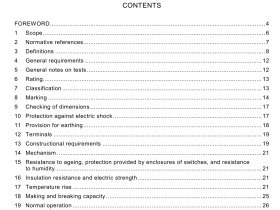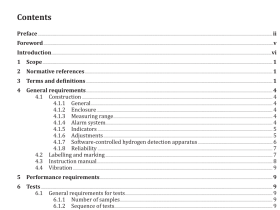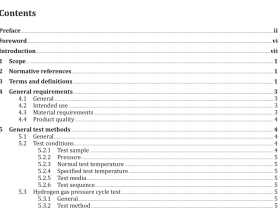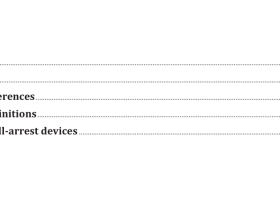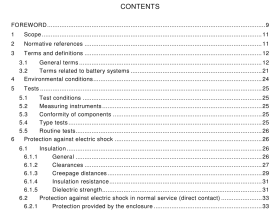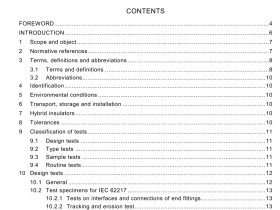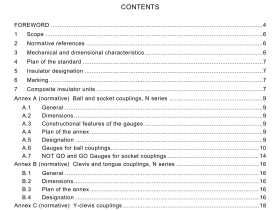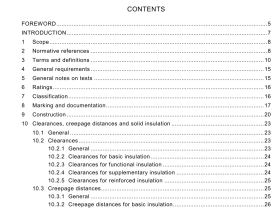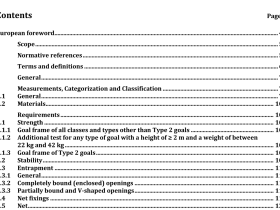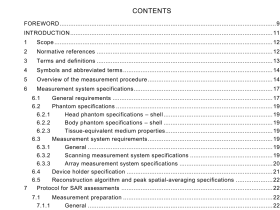AS 1735.20 pdf download
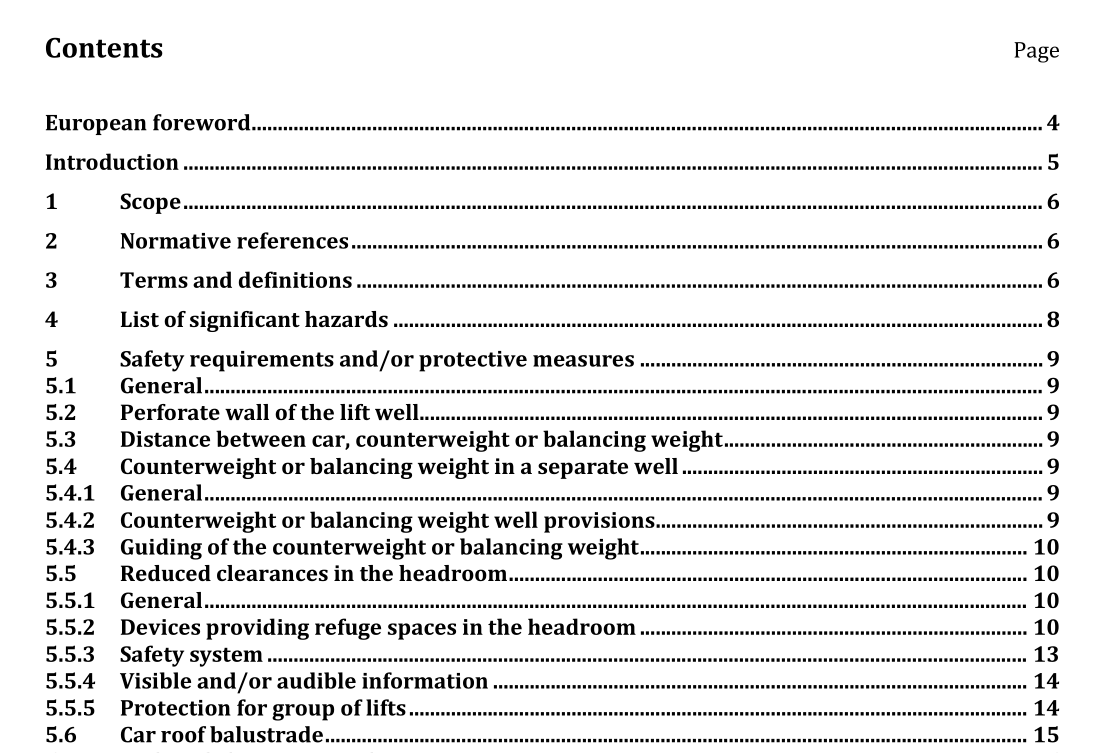
AS 1735.20 pdf download.Lifts, escalators and moving walks
1 Scope
This European Standard specifies the safety rules related to new passenger and goods/passenger lifts permanently installed in existing buildings where in some circumstances due to limitations enforced by building constraints, some requirements of EN 81-20:2014 cannot be met. This European Standard addresses a number of these constraints and gives requirements for alternative solutions. It will be read and applied in conjunction with the European Standard EN 81-20:2014. This European Standard covers: — either the construction and installation of one or more complete new lift(s) including new well and machinery spaces in an existing building; or — the replacement of one or more existing lift(s) by new ones in existing well(s) and machinery spaces. This European Standard does not cover: — replacement or modifications of some parts to a lift already installed; — other applications outside of the scope of EN 81-20:2014.
3 Terms and definitions
For the purposes of this document, the terms and definitions given in EN ISO 12100:2010, EN 81-20:2014 and the following apply. 3.1 existing building building, which is used or was already used before the order for the lift was placed Note 1 to entry: A building whose internal structure is completely renewed is considered as a new building.3.2 movable stop mechanical device that under normal operation allows the free movement of the lift between normal terminal stops Note 1 to entry: Where a person enters on the car roof or in the pit, the device limits the travel of the car to ensure sufficient refuge space in the headroom or in the pit. 3.3 triggering device device for operating a stopping gear by a mechanical linkage when the lift car passes a predetermined position in the well Note 1 to entry: This device is activated when an access to the lift well is opened by means of a key. 3.4 stopping gear mechanical device for stopping, and maintaining stationary the lift car in the case of movement of the lift car above and/or below a predetermined position in the well to protect person(s) on the car roof and/or in the pit 3.5 pre-triggered stopping system system including the triggering device, the stopping gear and a mechanical linkage in between Note 1 to entry: Under normal operation of the lift, the system allows the free movement of the lift between normal terminal stops. Where a person enters on the car roof or in the pit the system ensures refuge spaces in the headroom or in the pit.
4 List of significant hazards
This clause contains a list of all the significant hazards, hazardous situations and events, as far as they are dealt with in this standard, identified by risk assessment as significant for this type of machinery and which require action to eliminate or reduce the risk (see Table 1).
5 Safety requirements and/or protective measures
5.1 General Lifts within the scope of this standard shall comply with the relevant safety requirements and/or protective measures of the following clauses where one or several requirements in EN 81-20:2014 cannot be fulfilled. In addition, the lift shall be designed according to the principles of EN ISO 12100:2010 for relevant but not significant hazards, which are not dealt with by this standard. 5.2 Perforate wall of the lift well The requirements for the well enclosure of EN 81-20:2014, 5.2.5.2 are complemented by the following: Any existing well enclosure may be perforate provided that a) EN ISO 13857:2008, 4.2.4.2 is fulfilled; and b) a protective imperforate screen shall be provided around the landing door locking devices in order to prevent any manipulation of the locking devices by means of a rigid rod 0,30 m long. NOTE National regulations for the preservation of historical buildings may require the retention of an existing perforate enclosure. 5.3 Distance between car, counterweight or balancing weight The requirements of EN 81-20:2014, 5.2.5.5.1 h) for this distance may be replaced by the following: The car and its associated components shall be at a distance of at least 25 mm from the counterweight or balancing weight (if there is one) and its associated components. To avoid any impact between the car (and its associated components) and the counterweight or balancing weight (and its associated components), in case of failure of normal guidance, emergency guidance on the car and counterweight shall be provided to maintain the car and the counterweight in their horizontal position.
